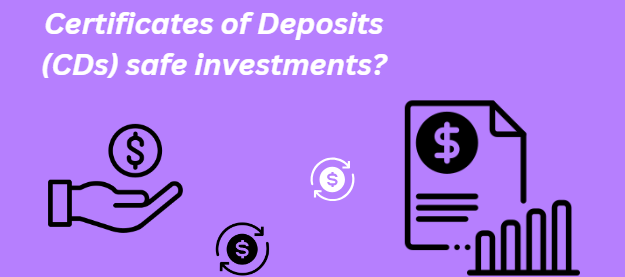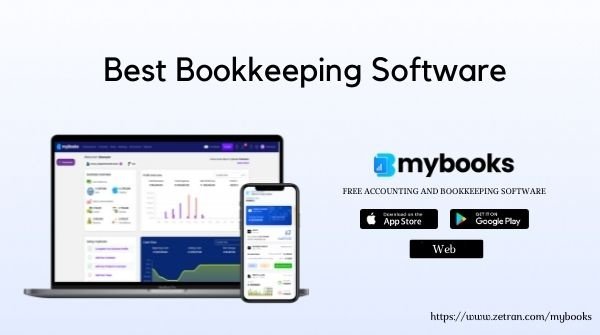
Key Components of Successful Budgeting
Budgeting is a fundamental financial skill that enables individuals and businesses to manage resources effectively. A well-constructed budget acts as a roadmap to achieving financial goals, ensuring funds are wisely allocated between savings and expenses. In this guide, we’ll explore the key components of successful budgeting in detail.
1. Setting Clear Financial Goals
Setting specific financial objectives is the first stage in creating an efficient budget. These objectives can be long-term (like retirement planning), medium-term (like purchasing a car), or short-term (like saving for a trip). By setting SMART (specific, measurable, realistic, relevant, and time-bound) goals, people can make a budget that supports their goals.
For instance, someone should divide a goal like accumulating $5,000 for a down payment on a home within five years into smaller savings goals each month. This clarity encourages budget adherence and aids in setting expenditure priorities.
2. Understanding Income Sources
A comprehensive understanding of all income sources is crucial for effective budgeting. This includes salary and any additional income streams such as bonuses, freelance work, rental income, or investment returns.
Calculating total monthly income allows individuals to determine how much money is available for expenses and savings. It’s essential to consider net income (after taxes) rather than gross income to get an accurate picture of available funds.
3. Tracking Expenses
To create an effective budget, one must track all expenses meticulously. This involves categorizing spending into fixed costs (like rent or mortgage payments), variable costs (such as groceries or entertainment), and discretionary spending (luxuries that can be adjusted).
Using tools like spreadsheets or budgeting apps can simplify this process by allowing users to log expenses in real time. Regularly reviewing these expenditures helps identify patterns and areas where cuts can be made.
4. Creating a Realistic Budget Plan
Once income and expenses are understood, the next step is crafting a realistic budget plan. This plan should reflect actual spending habits while incorporating necessary adjustments based on financial goals.
A common method for creating a budget is the 50/30/20 rule:
- 50% of income goes toward needs (essentials like housing and food).
- 30% goes toward wants (non-essential items).
- 20% goes toward savings and debt repayment.
This framework provides flexibility while ensuring that critical areas are funded appropriately.
5. Building an Emergency Fund
An emergency reserve is a necessary part of any budget that works. It serves as an umbrella for unforeseen costs like auto repairs or medical problems.
Generally speaking, financial advisors advise setting aside three to six months’ worth of living costs in this fund. When unanticipated events occur, having this cushion helps people avoid incurring debt.
6. Monitoring Progress Regularly
Budgeting calls for constant observation and modification; it is not a one-time event. Examining the budget on a monthly or quarterly basis helps determine whether spending patterns are in line with the planned spending and whether financial objectives are being reached.
During these reviews, it’s important to compare actual spending against the budgeted amounts to identify discrepancies and make necessary adjustments. If certain categories consistently exceed their budgets, it may indicate the need for re-evaluation of either the budget itself or spending behaviors.
7. Adjusting the Budget as Needed
Life events vary: work changes or promotions cause income levels to fluctuate, unforeseen costs occur, and priorities alter over time. As a result, the budgeting process must be flexible.
It’s crucial to review and modify the budget in light of major life events, such as marriage, having children, or changing careers, in order to reflect evolving goals and realities.
8. Utilizing Technology Tools
In today’s digital age, numerous tools are available that can simplify budgeting processes significantly:
- Budgeting Apps: Applications like Mint or YNAB (You Need A Budget) help track expenses automatically by linking bank accounts.
- Spreadsheets: For those who prefer manual tracking but want organization features.
- Financial Software: Programs like Quicken offer comprehensive solutions for managing personal finances including investments.
These tools provide insights through visualizations like graphs and charts which can enhance understanding of financial health over time.
9. Seeking Professional Advice When Necessary
For complex financial situations—such as significant debt loads or intricate investment portfolios—consulting with a financial advisor may be beneficial. Advisors can provide tailored strategies based on individual circumstances which could lead to more effective budgeting practices.
Professional guidance ensures that budgeting aligns with broader financial planning efforts including retirement strategies and tax implications.
10. Cultivating Discipline and Accountability
Finally, successful budgeting requires discipline and accountability from individuals managing their finances. Establishing routines around checking budgets regularly fosters good habits over time.
Additionally, sharing financial goals with family members or friends creates accountability; discussing progress openly encourages adherence to budgets while providing support during challenging times.
In conclusion, successful budgeting encompasses several key components: setting clear goals; understanding income; tracking expenses; creating realistic plans; building emergency funds; monitoring progress; adjusting budgets; utilizing technology; seeking professional advice when needed; and cultivating discipline among spenders themselves. By focusing on these elements systematically, anyone can improve their financial health through effective budgeting practices.





